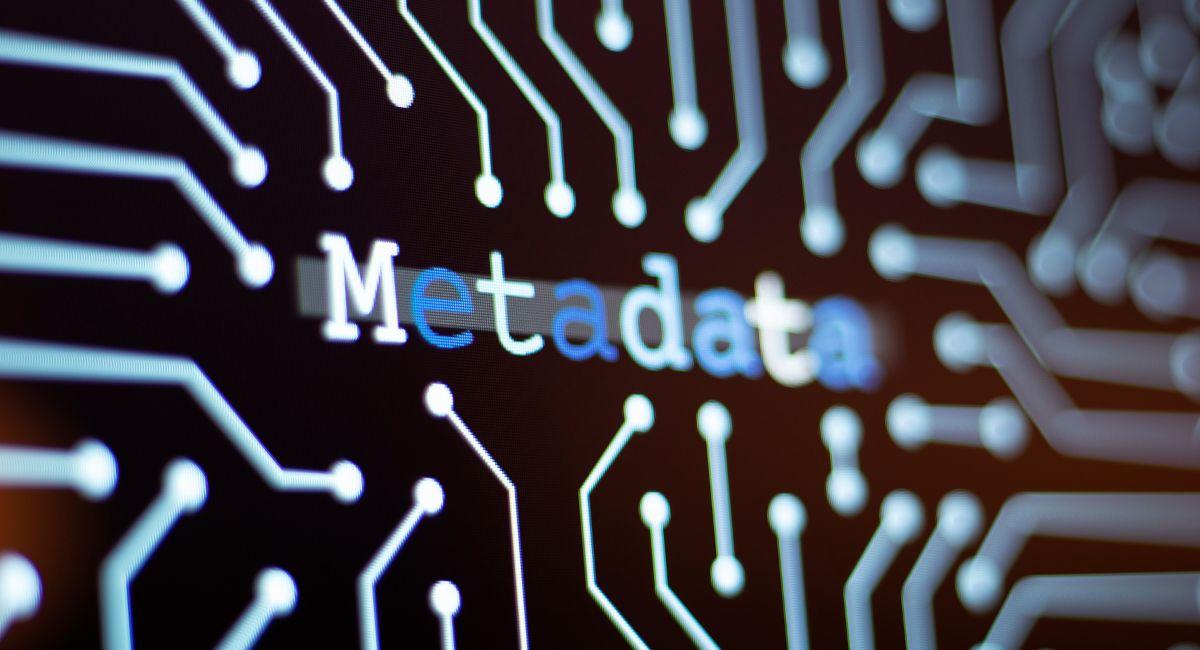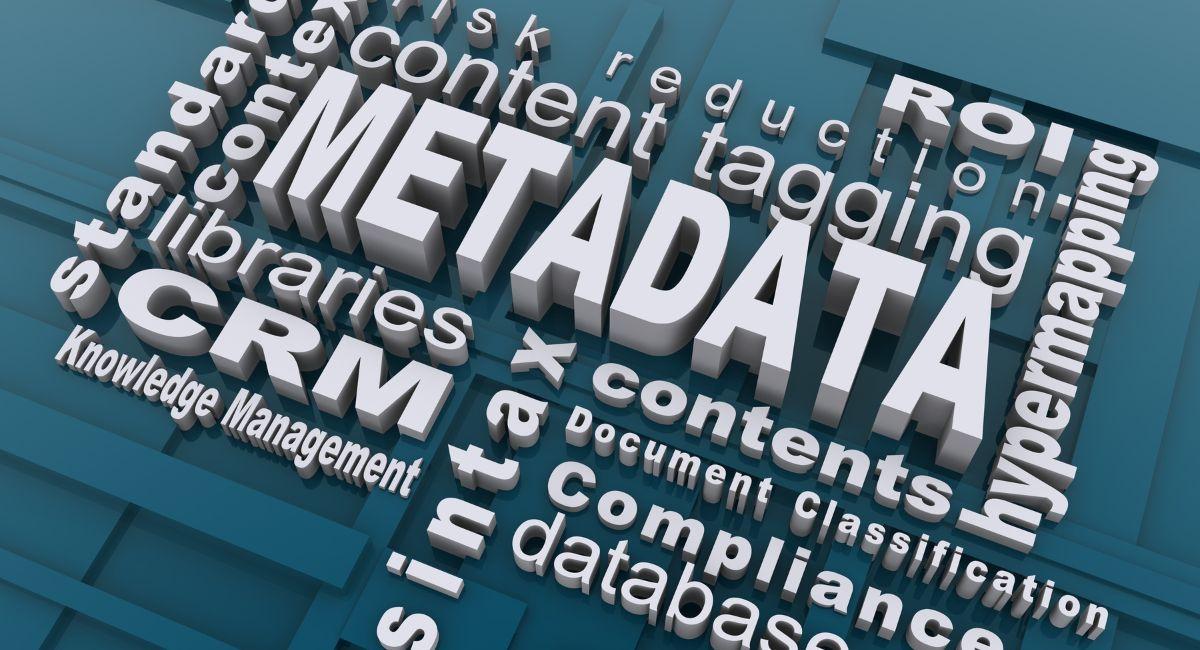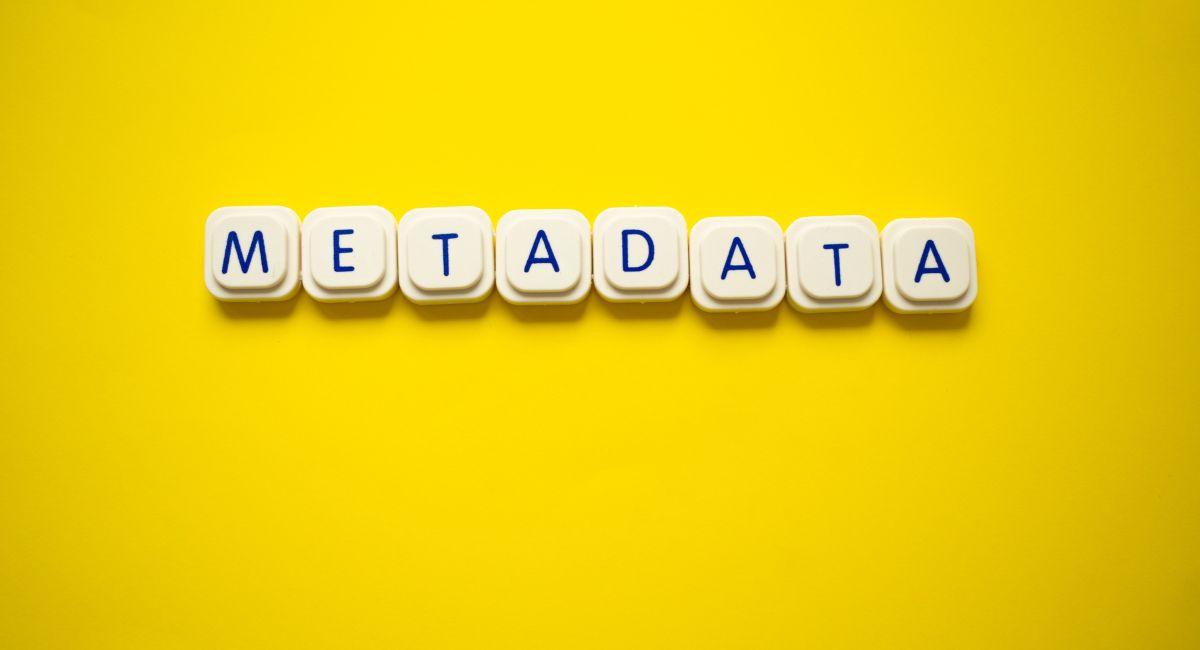Top 6 Extreme Challenges Of Metadata Leakage In The Web3 World

The Web3 world, characterized by decentralization and blockchain technology, introduces a paradigm shift in how we interact with digital assets and conduct transactions. However, amidst the promises of transparency and security, a subtler concern looms — metadata leakage. In the context of Web3, metadata leakage involves the unintentional exposure of additional information beyond the primary data, raising privacy and security considerations.
Understanding Web3 Metadata

In the context of Web3, metadata refers to additional information associated with digital assets, transactions, or interactions on decentralized networks. Unlike Web2, where centralized entities often control and store metadata, Web3 seeks to distribute this information across decentralized networks, typically utilizing blockchain technology.
Here are some key aspects of Web3 metadata:
- Token Metadata:
- In the context of blockchain and cryptocurrencies, token metadata provides additional details about a specific token. This could include information such as the token’s name, symbol, total supply, and other attributes. Token metadata is often associated with non-fungible tokens (NFTs) and fungible tokens on blockchain platforms.
- Smart Contract Metadata:
- Smart contracts in Web3 often come with associated metadata. This metadata may include information about the smart contract’s functionality, purpose, and parameters. It helps users and developers understand the purpose and usage of a particular smart contract.
- Transaction Metadata:
- Metadata associated with transactions includes details beyond the simple transfer of assets. It might encompass information about the sender, receiver, timestamp, and any additional data attached to the transaction. This additional data can be used for various purposes, including adding context to a transaction or supporting decentralized applications (DApps).
- Decentralized Identifiers (DIDs) Metadata:
- DIDs are a fundamental component of decentralized identity systems in Web3. Metadata associated with DIDs may include information about the user, such as public keys, service endpoints, and verifiable credentials. This metadata is crucial for establishing and managing decentralized identities.
- Content Metadata:
- In decentralized content platforms, metadata plays a vital role in describing and categorizing digital content. For example, in decentralized file storage systems, metadata might include information about the type of content, its author, creation date, and any associated tags.
- IPFS Metadata:
- The InterPlanetary File System (IPFS), a decentralized file storage protocol, often utilizes metadata to describe and index content stored on the network. This metadata can include information like the content’s hash, size, and content type.
- Off-Chain Metadata:
- While much of the focus is on on-chain metadata stored directly on the blockchain, off-chain metadata is also prevalent in Web3. This could include data stored in decentralized databases, external files, or other distributed storage systems.
- Privacy Considerations:
- Web3 metadata raises privacy concerns, as certain information associated with transactions or identities may be exposed on the blockchain. Balancing transparency with the need for privacy is a crucial consideration in Web3 design.
Understanding and managing metadata in Web3 environments is essential for creating decentralized applications that respect user privacy, enable interoperability, and provide a transparent yet secure experience. Developers and users alike need to be mindful of the implications of metadata in decentralized systems and work towards solutions that align with the principles of decentralization and user empowerment.
Also, read- Unveiling The Significance Of Metadata In Blockchain Transactions
Challenges of Metadata Leakage in the Web3 World

1. Digital Asset Metadata
NFTs (Non-Fungible Tokens)
NFTs, at the heart of the Web3 creative economy, that adds context to the uniqueness of each token. However, leakage in this context may involve the unintended exposure of sensitive information, such as the creator’s details, creation date, or even hidden content. Striking a balance between transparency and privacy becomes paramount.
2. Transaction Metadata
Blockchain Transactions
Blockchain transactions, while secure and transparent, generate metadata that includes sender and receiver addresses, transaction amounts, and timestamps. While the content of transactions is typically encrypted, the metadata can still be accessible. This may unveil patterns of user behavior and interactions, potentially compromising user privacy.
3. Decentralized Finance (DeFi) Platforms
Smart Contract Interactions
Engaging with DeFi platforms in the Web3 space inadvertently contributes to transaction metadata. The sequence and timing of these transactions may expose insights into users’ trading strategies or investment decisions. Balancing the transparency of financial activities with the need for privacy poses a challenge in DeFi.
4. Decentralized Applications (DApps)
User Interactions
Interactions within decentralized applications generate that reveals user preferences, usage patterns, and specific actions. While this is crucial for enhancing user experiences, its unintended exposure could lead to concerns about user privacy and data security.
5. IPFS (InterPlanetary File System)
Content Distribution
IPFS, widely used for decentralized file storage in Web3, introduces its own challenges. Retrieving content from IPFS involves requests that may contain, potentially disclosing information about the nature or purpose of the accessed content. Safeguarding content distribution while preserving user privacy becomes a delicate balance.
6. Blockchain Analytics
External Analysis
External entities, leveraging blockchain analytics tools, delve into on-chain data, to derive insights into user behavior and network activities. While this analysis serves various purposes, it raises concerns about the privacy implications of such external scrutiny.
What are the risks of metadata?

- Privacy Concerns:
- Personal Information: It may contain personal details, such as author names, document properties, or geolocation information. Unintentional sharing of this data can lead to privacy concerns.
- Security Risks:
- Document History: It often includes an editing history, revealing changes made to a document. In some cases, this information may be sensitive and could be exploited by malicious actors for social engineering or other attacks.
- Identity Leakage:
- Authorship Information: It can reveal the identity of the document’s author, potentially disclosing sensitive details about individuals and their roles within an organization.
- Geolocation Exposure:
- Location Data: Geolocation information embedded in, especially in images, can disclose the location where the file was created. This poses risks to personal safety or security, particularly for individuals who may not want their locations disclosed.
- Intellectual Property Concerns:
- File Properties: It may contain information about the software used to create a document, its version, or proprietary file properties. In a business context, this information could be valuable to competitors or adversaries.
- Legal Implications:
- Document Modification History: In legal or regulatory contexts, metadata may be used as evidence in legal proceedings. The unintentional exposure of metadata may impact the integrity or admissibility of digital documents.
- Reputation Damage:
- Inappropriate Content: It is associated with images or documents that could include details about the content that might be sensitive or inappropriate. Unintended exposure of such metadata can lead to reputational damage.
- Phishing and Social Engineering:
- Targeted Attacks: Malicious actors may use metadata to conduct targeted phishing or social engineering attacks. Knowing specific details about an individual or organization could aid attackers in crafting convincing messages.
- Inadvertent Data Leakage:
- File Sharing: When files are shared without proper metadata scrubbing, the information can be inadvertently exposed to unintended recipients, leading to data leakage.
To mitigate these risks, individuals and organizations should be aware of the metadata associated with digital files and take steps to manage and sanitize it before sharing or publishing documents. This includes using removal tools, adjusting document properties, and adopting best practices for data privacy and security. Regular education and awareness programs can also help users understand the potential risks and take proactive measures to protect sensitive information.
In #Web3, metadata is indeed the game-changer, taking us beyond the ad-driven analytics of Web2. #WOMProtocol exemplifies this by leveraging metadata not just for reputation building, but for revolutionizing marketing itself. 🔄
📊 WOM analyzes engagement data and rewards… https://t.co/epbGCdVyWH pic.twitter.com/4UGXPOPOMZ
— WOM Protocol (@WOM_protocol) January 9, 2024
How can metadata leakage be prevented?

Preventing leakage involves taking proactive steps to manage and control the information embedded within digital files. Here are some effective measures to prevent leakage:
- Metadata Removal Tools:
- Use removal tools or document sanitization tools to strip from files before sharing or publishing. These tools can automatically remove or anonymize sensitive information.
- Review and Edit Document Properties:
- Before sharing or publishing a document, review and edit its properties. Remove or modify any personal information, author details, or comments that could be sensitive.
- Use Document Templates:
- Create document templates with standardized properties that minimize the inclusion of unnecessary metadata. This ensures that files generated from templates have reduced metadata exposure.
- Turn off Tracking and Revision History:
- Disable tracking changes, comments, and revision history features in documents before sharing them. This prevents the unintentional exposure of editing history.
- Check and Remove Geolocation Data:
- For images and documents that may contain geolocation information, use tools to check and remove this data. This is particularly important when sharing photos taken with smartphones.
- Convert to PDF or Plain Text:
- Convert documents to PDF or plain text formats before sharing. These formats often have less embedded compared to proprietary document formats.
- Check File Properties in File Explorer:
- In Windows File Explorer or similar file management systems, right-click on a file, go to “Properties,” and check for any additional. Manually remove or modify details as needed.
- Educate Users:
- Conduct awareness training for users, educating them about the risks of leakage and the steps they can take to prevent it. Emphasize responsible sharing practices.
- Use Secure Collaboration Platforms:
- When collaborating on documents, use secure platforms that have built-in features for managing and controlling. Some collaboration tools allow users to share documents without exposing unnecessary details.
- Implement Data Loss Prevention (DLP) Policies:
- Deploy Data Loss Prevention solutions that can identify and prevent the sharing of sensitive information, including metadata, based on predefined policies.
- Establish Document Handling Policies:
- Develop and communicate clear document-handling policies within your organization. Specify guidelines for reviewing and sanitizing documents before external sharing.
- Regularly Update Security Software:
- Keep security software, including antivirus and antimalware tools, up to date. Some security solutions may include features to detect and prevent the inadvertent sharing of sensitive metadata.
By adopting a combination of these measures, individuals and organizations can significantly reduce the risk of leakage. The key is to integrate these practices into regular workflows and ensure that users are aware of the potential risks associated with digital files.
Conclusion
the top six extreme challenges of leakage in the Web3 world underscore the critical importance of addressing privacy concerns and security vulnerabilities within decentralized and blockchain-based ecosystems. As the Web3 landscape continues to evolve, it brings forth transformative technologies that hold immense promise for a more decentralized, transparent, and user-centric Internet. However, alongside these advancements come unprecedented challenges that demand careful consideration and strategic solutions.
The transparency inherent in Web3 transactions, while foundational to its ethos, poses a challenge in terms of transaction visibility. Users engaging in financial activities may find themselves exposed to a level of public scrutiny that challenges conventional notions of privacy. Reusing blockchain addresses compounds this issue, creating opportunities for aggregation over time and the potential linkage of multiple transactions to a single user. The risk of on-chain linkability and the exposure of smart contract vulnerabilities further amplify the complexities associated with leakage, emphasizing the need for robust security measures in the development and deployment of decentralized applications.
Decentralized Identifiers (DIDs) and verifiable credentials, while promising enhanced identity management, also bring forth concerns related to exposure. Striking the right balance between transparency and confidentiality in public and private transactions becomes a delicate dance, requiring thoughtful design and user-friendly controls. Moreover, the susceptibility of off-chain data sources to breaches poses an additional layer of risk, necessitating comprehensive strategies that extend beyond the blockchain.
The rise of sophisticated blockchain analytics tools poses a formidable challenge, as adversaries leverage these tools to analyze on-chain data, potentially leading to the de-anonymization of users. Users’ IP addresses being exposed during interactions with decentralized networks adds yet another layer of vulnerability, potentially compromising user anonymity and exposing their real-world locations.
Crucially, the lack of user-friendly privacy controls exacerbates these challenges, as users may inadvertently expose more than intended, highlighting the importance of user education and empowerment within the Web3 ecosystem. Furthermore, navigating regulatory landscapes and compliance requirements without compromising user privacy remains a multifaceted challenge, demanding collaboration between stakeholders, developers, and regulatory bodies to establish frameworks that align with the principles of decentralization while safeguarding user interests.
In addressing these extreme challenges, the Web3 community must prioritize research, innovation, and the development of privacy-centric tools and practices. Striking a harmonious balance between the transparency inherent in decentralized systems and the imperative to protect user privacy is paramount for the continued growth and adoption of Web3 technologies. As the ecosystem matures, the lessons learned from these challenges will undoubtedly contribute to the creation of a more resilient, secure, and user-friendly Web3 environment that fulfills its promise of redefining the Internet for the benefit of all.
Related posts
Editor's Choice
- State PVP Partners with Spectral Labs to Transform Crypto Gaming with AI Agents, Powered by Syntax
- All About Exchange Coins and Tokens: Top 5 Intriguing Challenges About Their Use Cases
- AI Gamechanger Algotech (ALGT) Goes Viral as Arbitrum and THORChain Traders Ape In
- The Evolving Efficiency of Bitcoin Markets: Top 5 Intriguing Factors Driving Bitcoin Markets
- The Intriguing 2 Challenges of NFT Adoption: Innovation And PR
Hottest Blockchain News Daily
Get our latest posts and announcements in your inbox.
[cn-social-icon attr_class=”social-share-side”]



























































